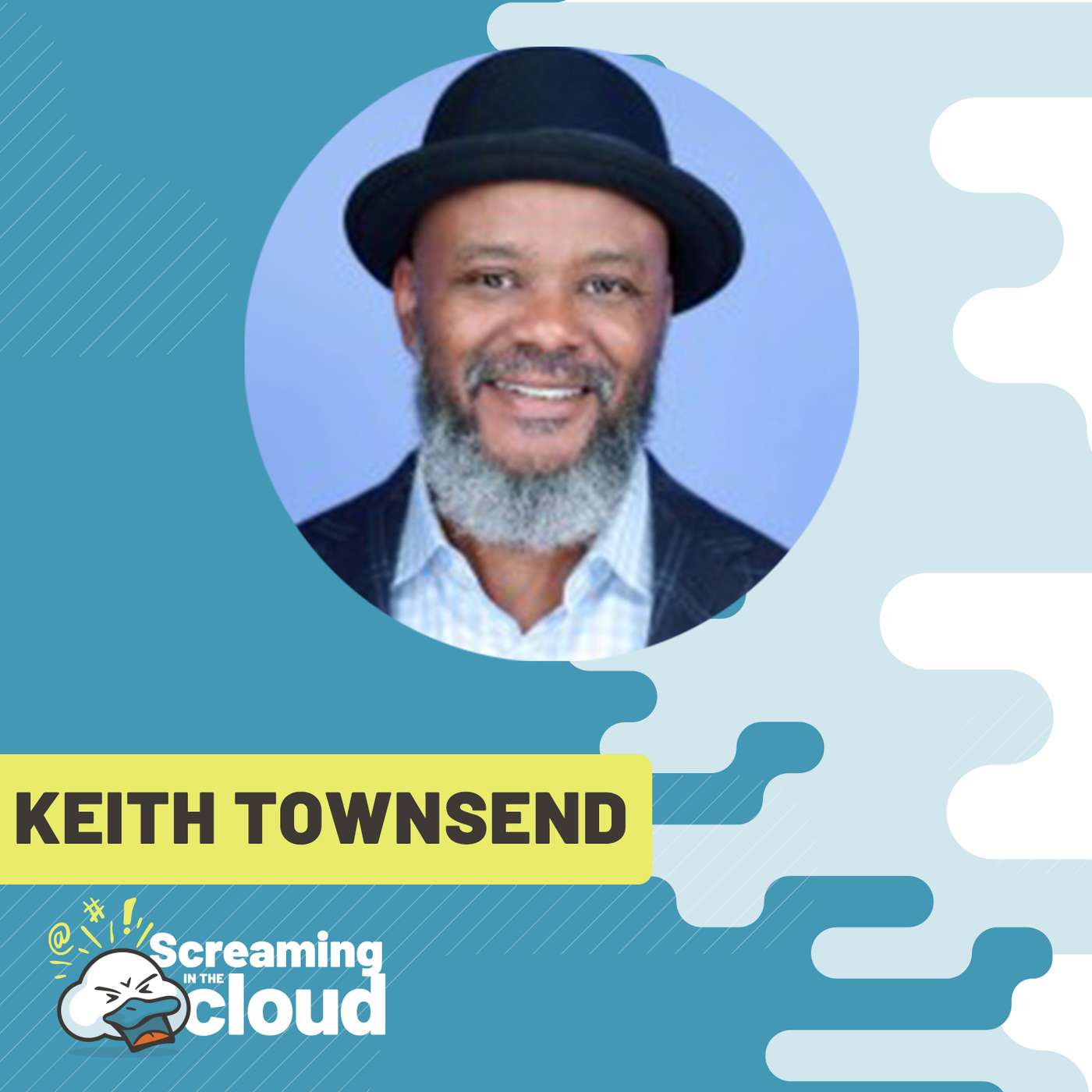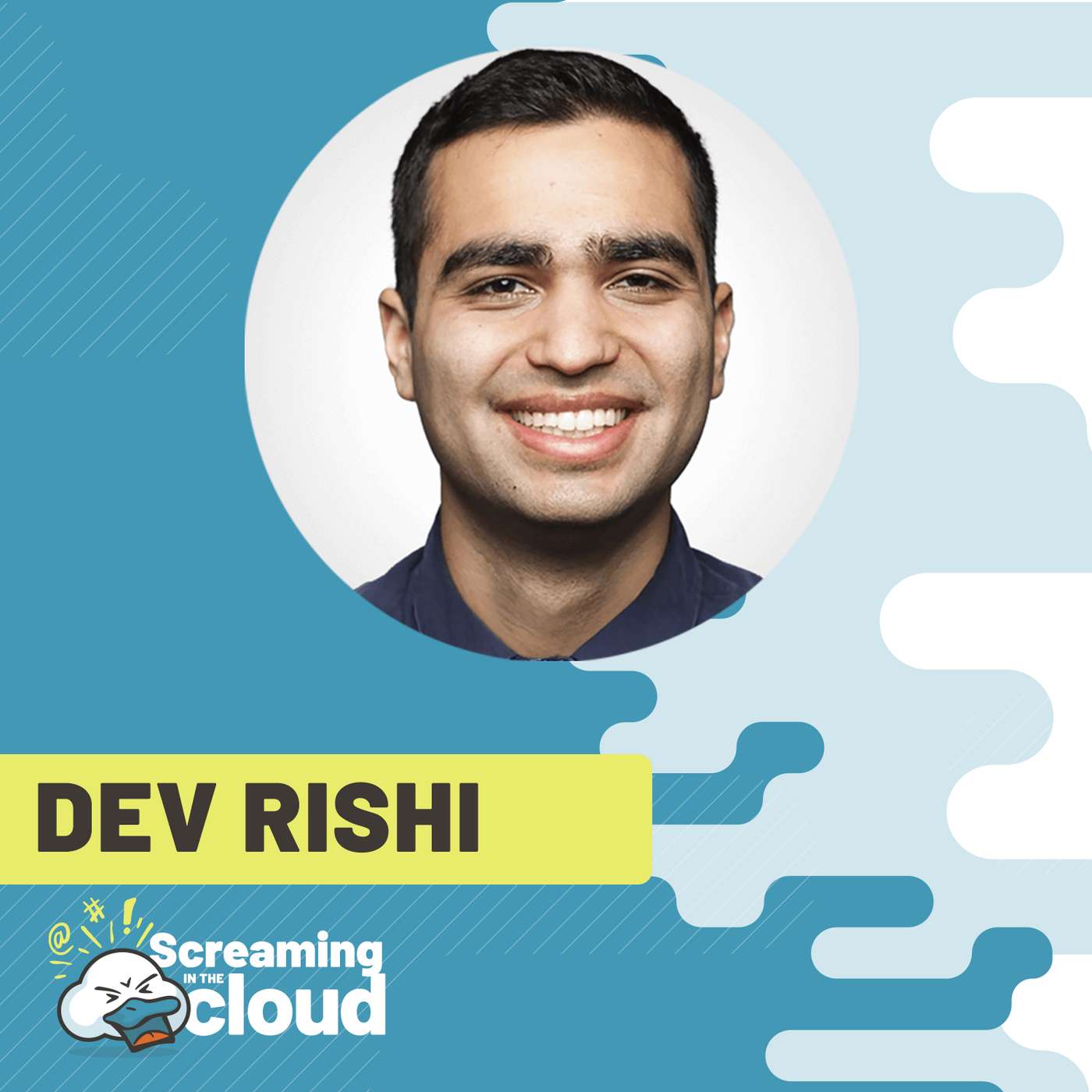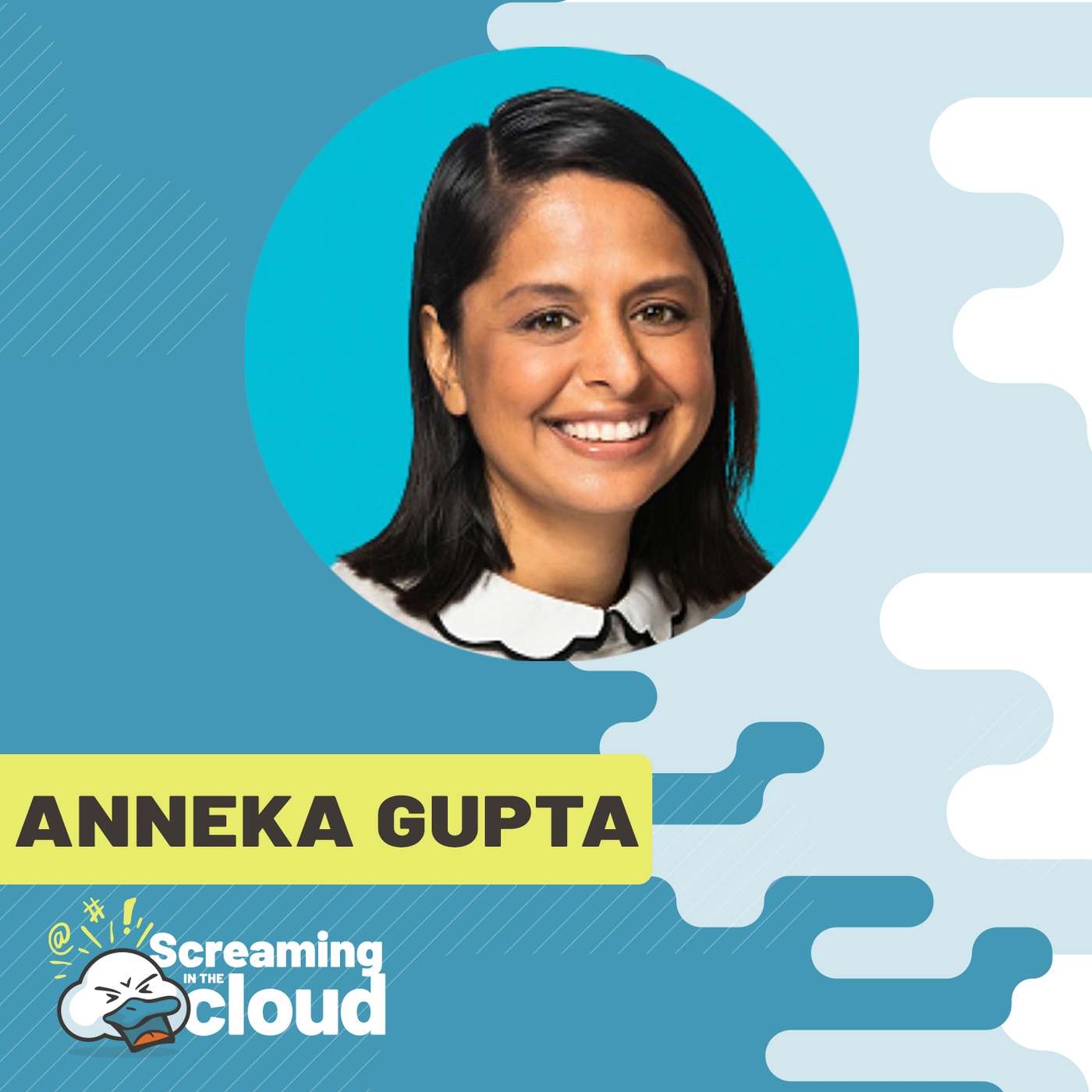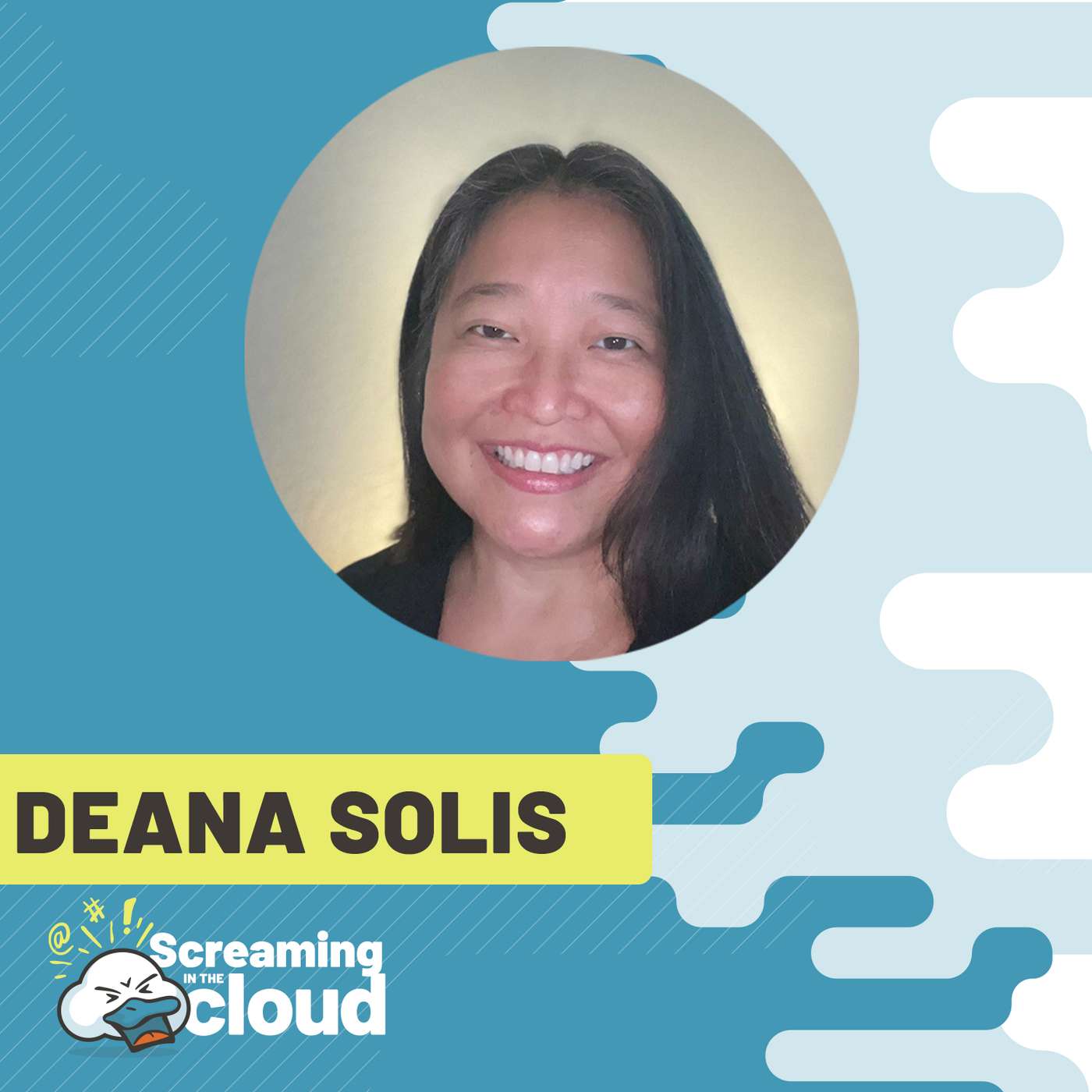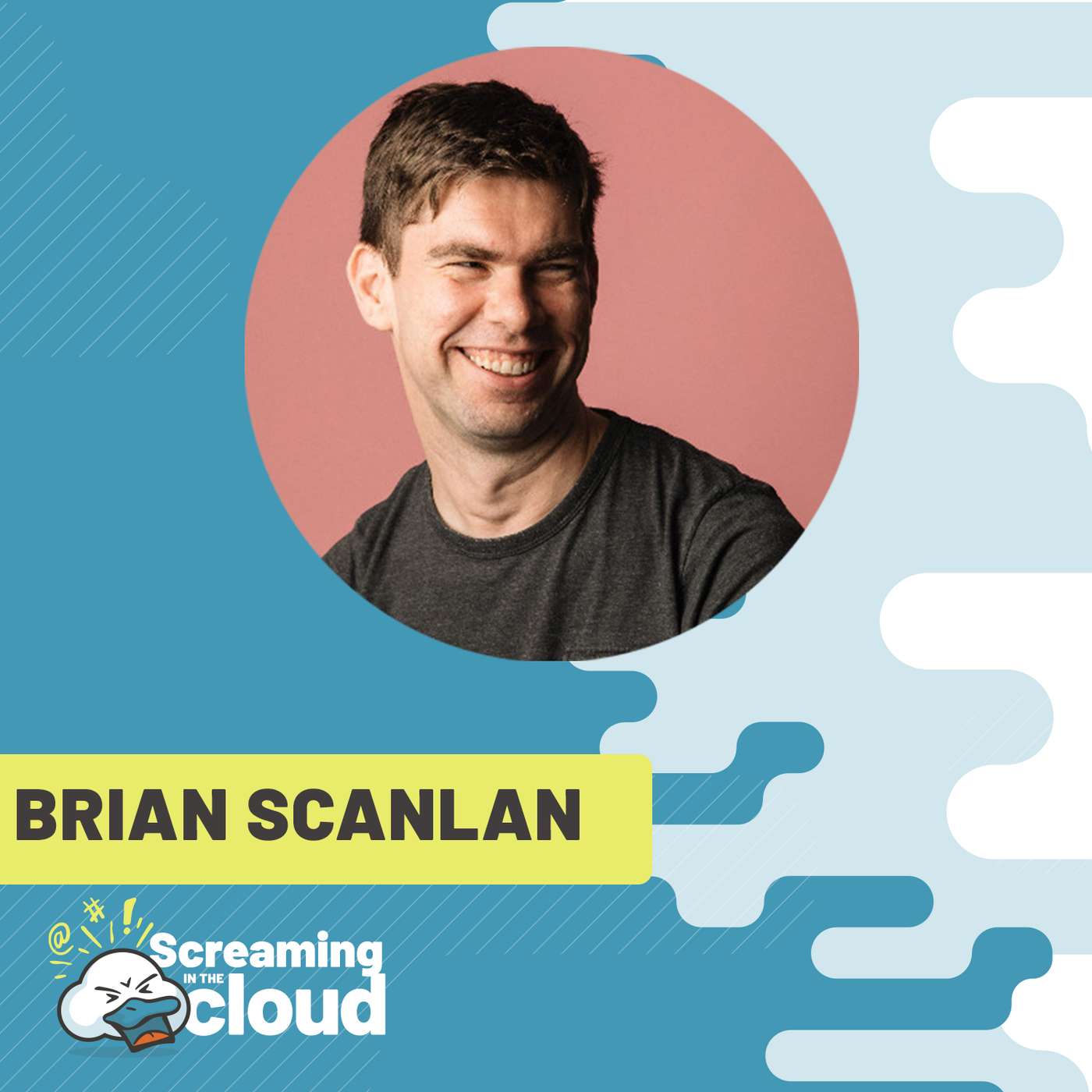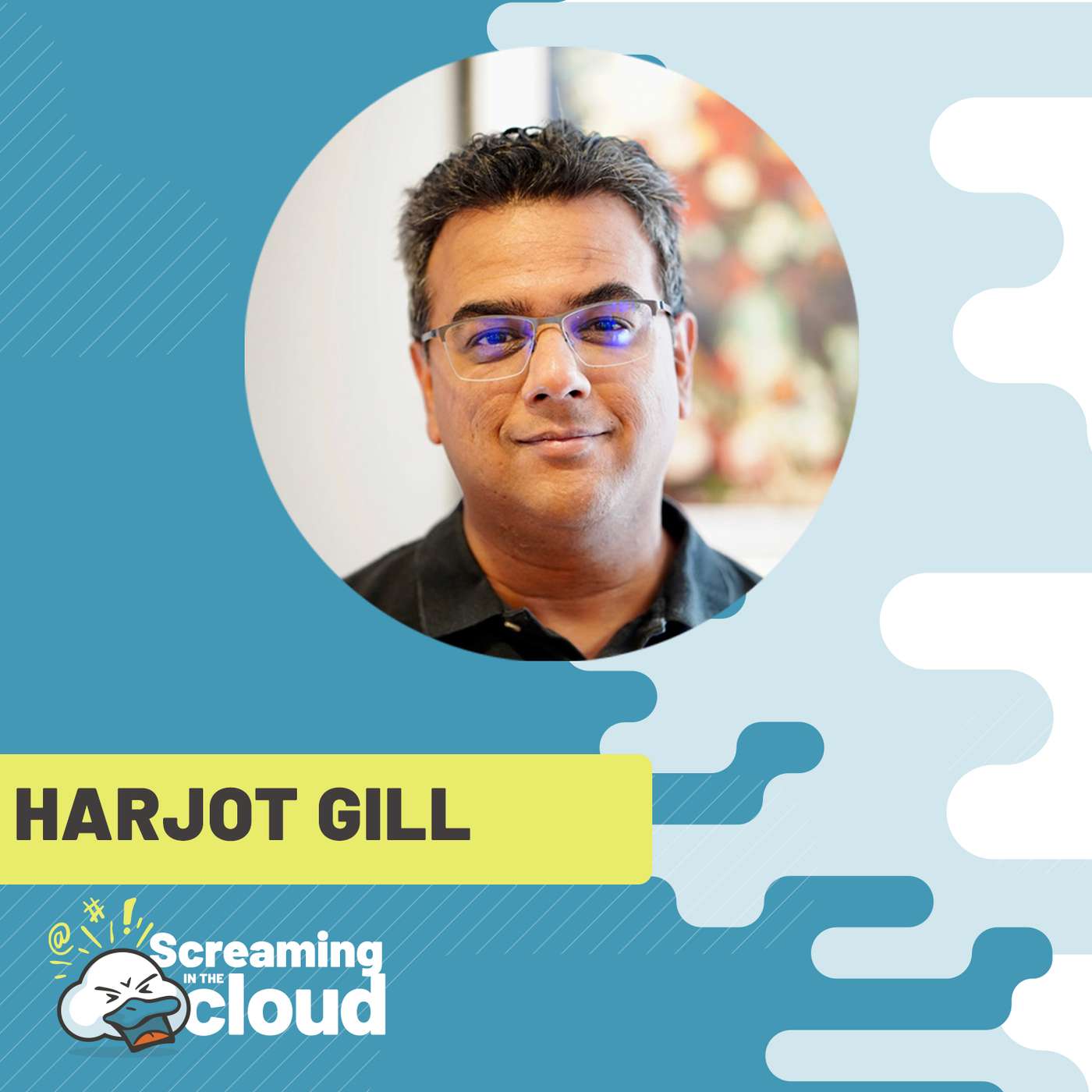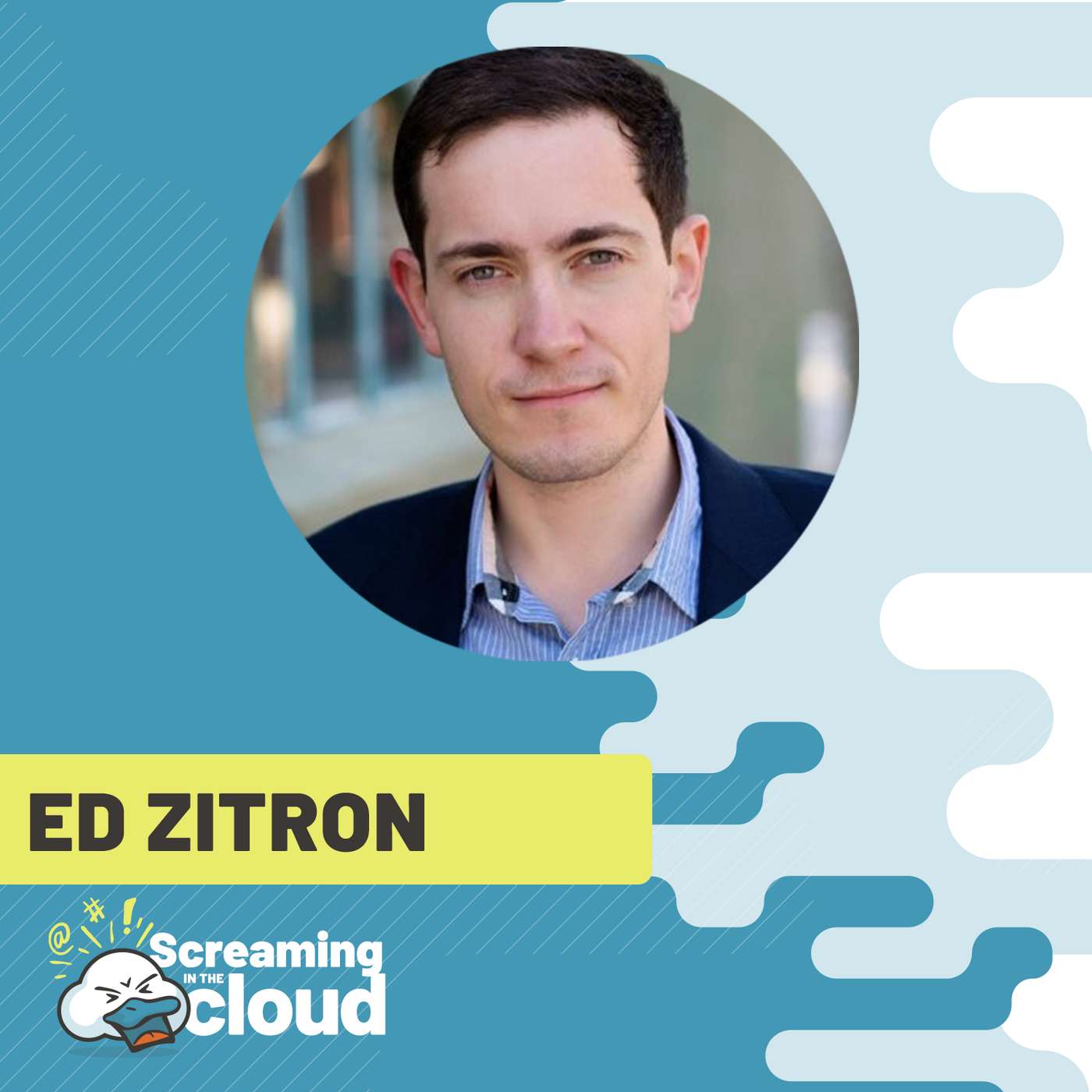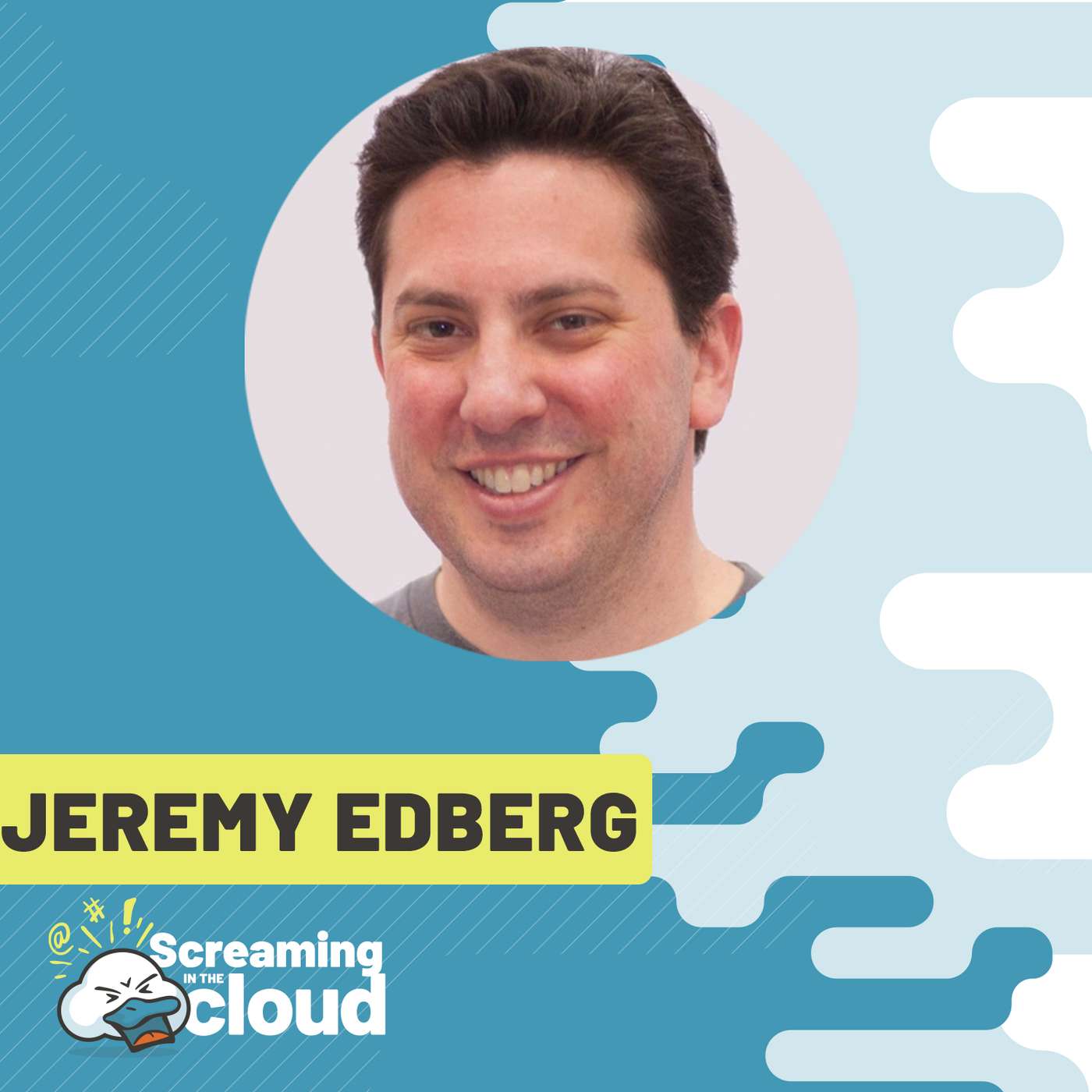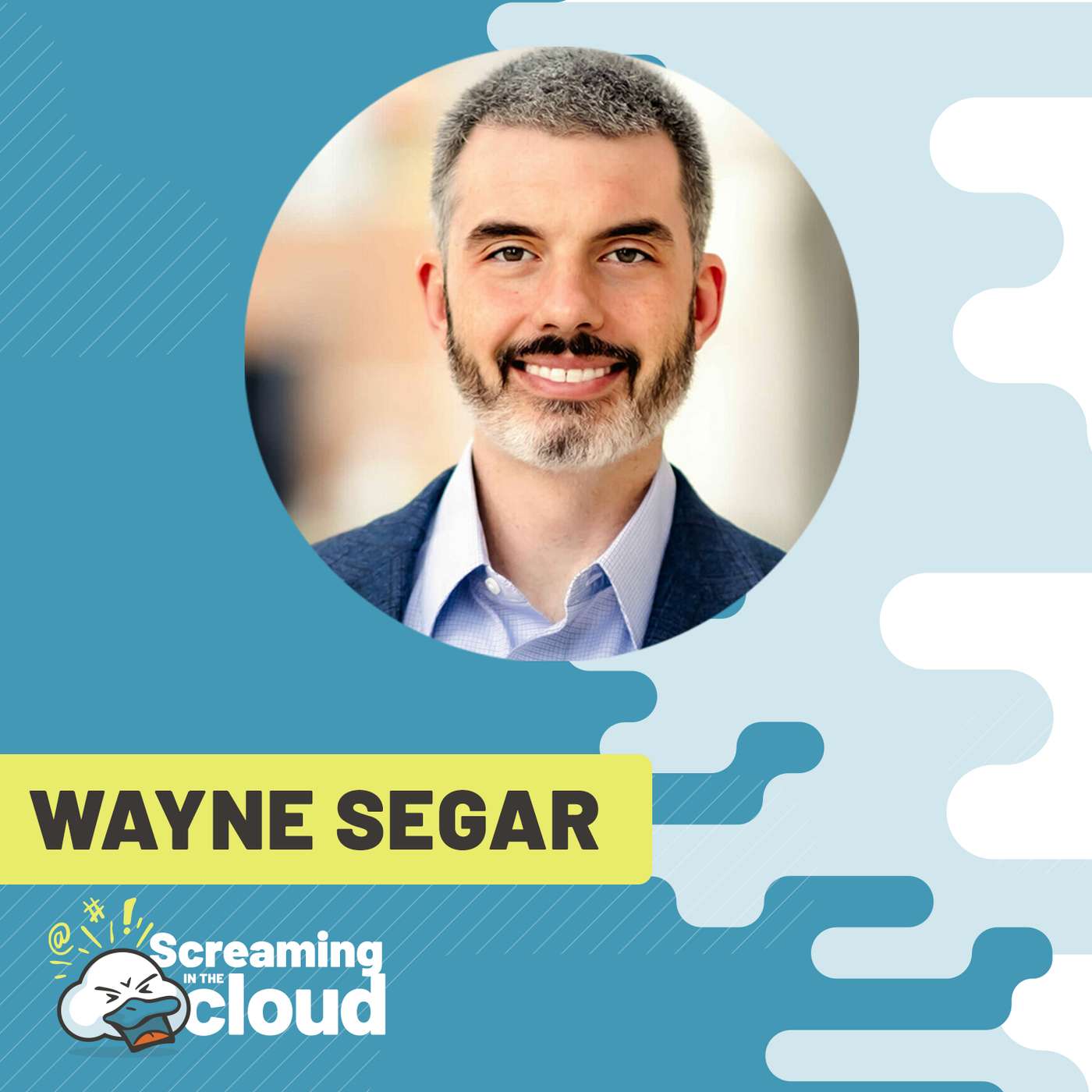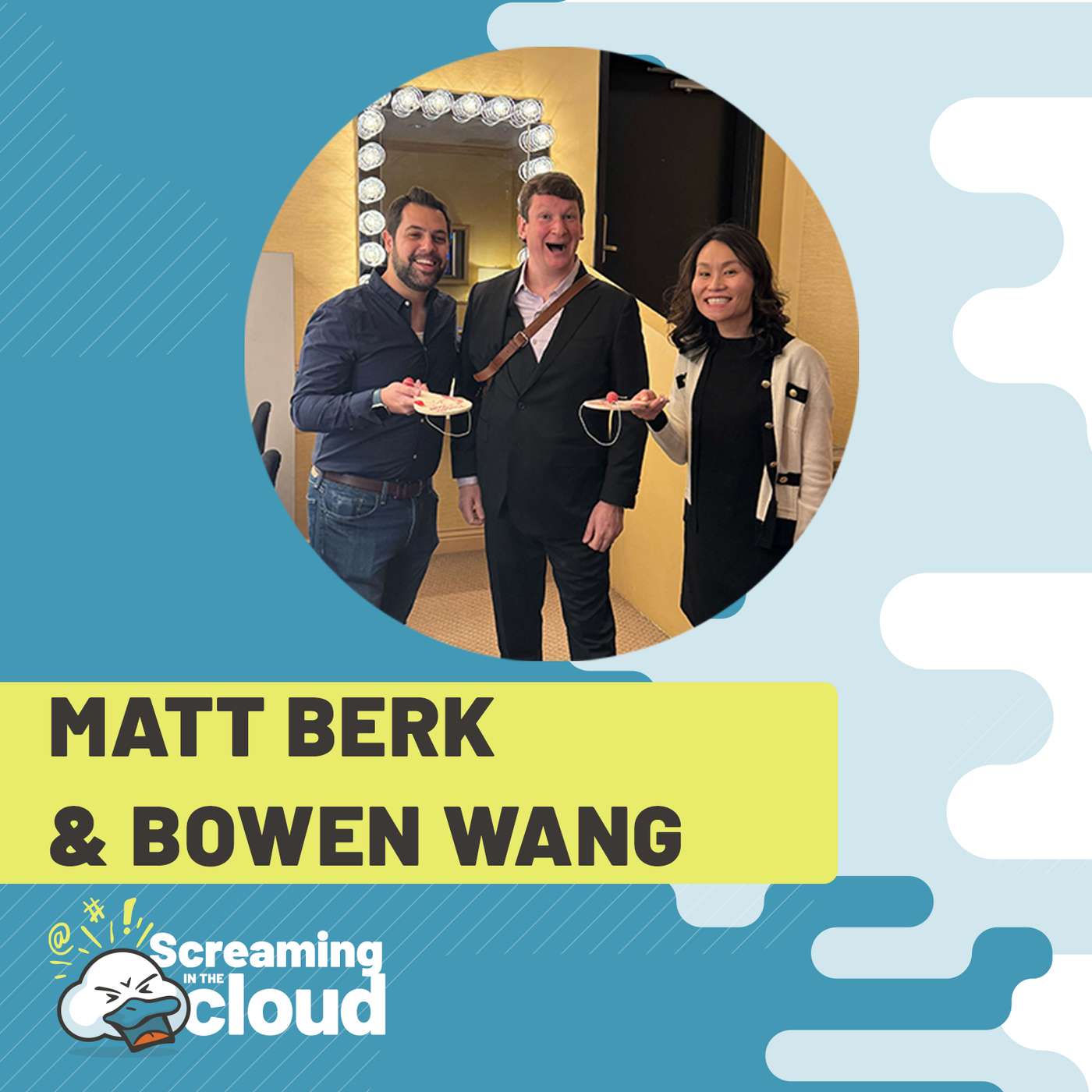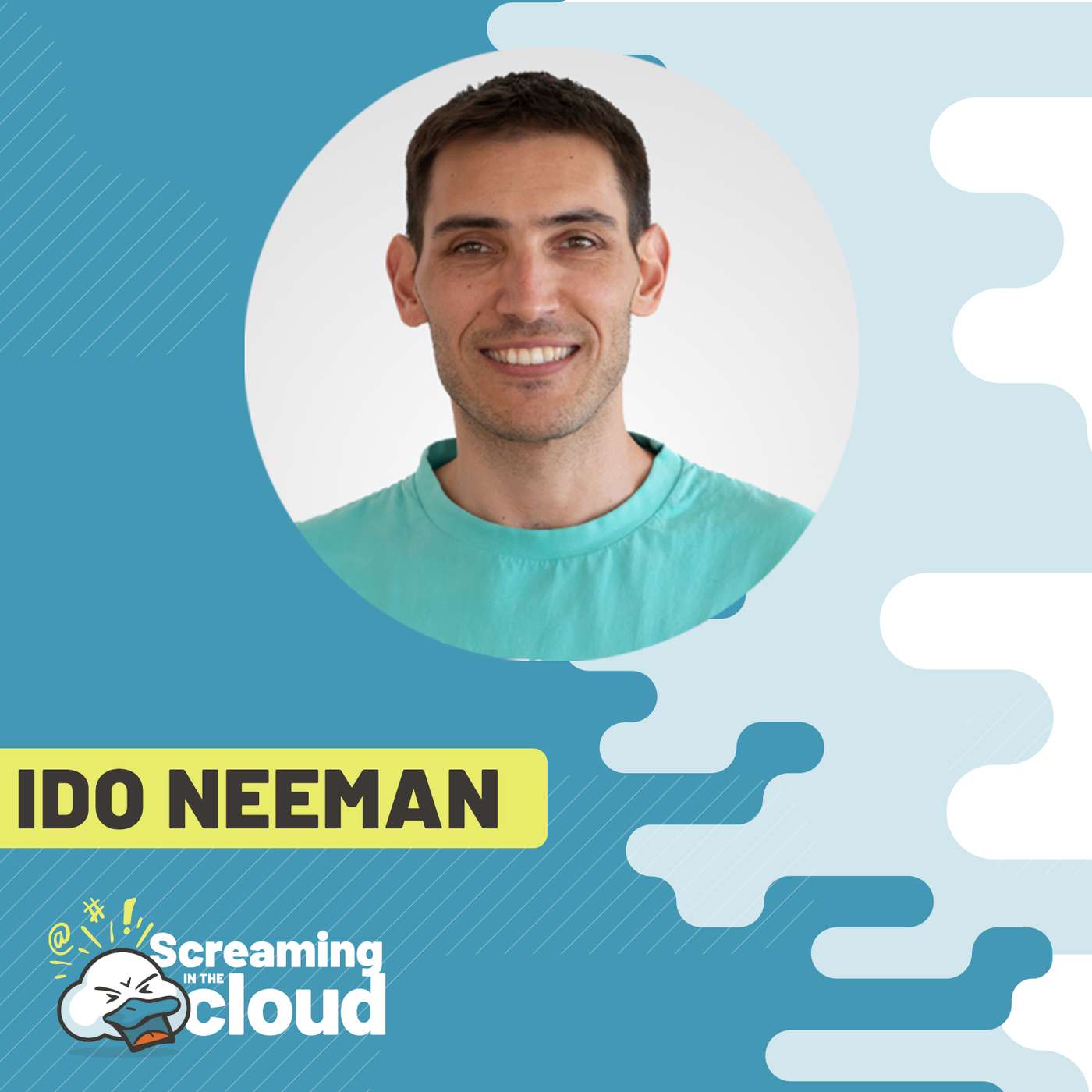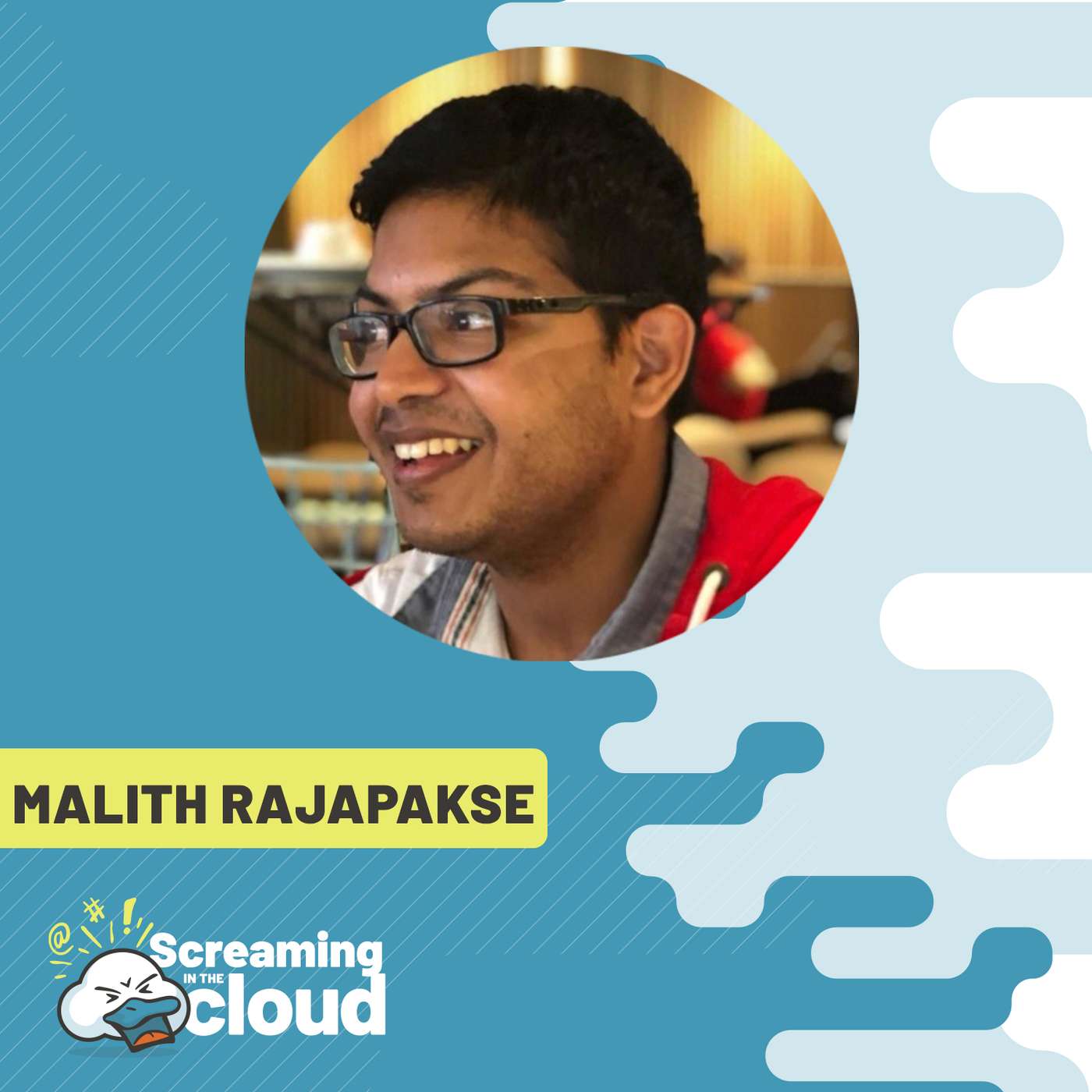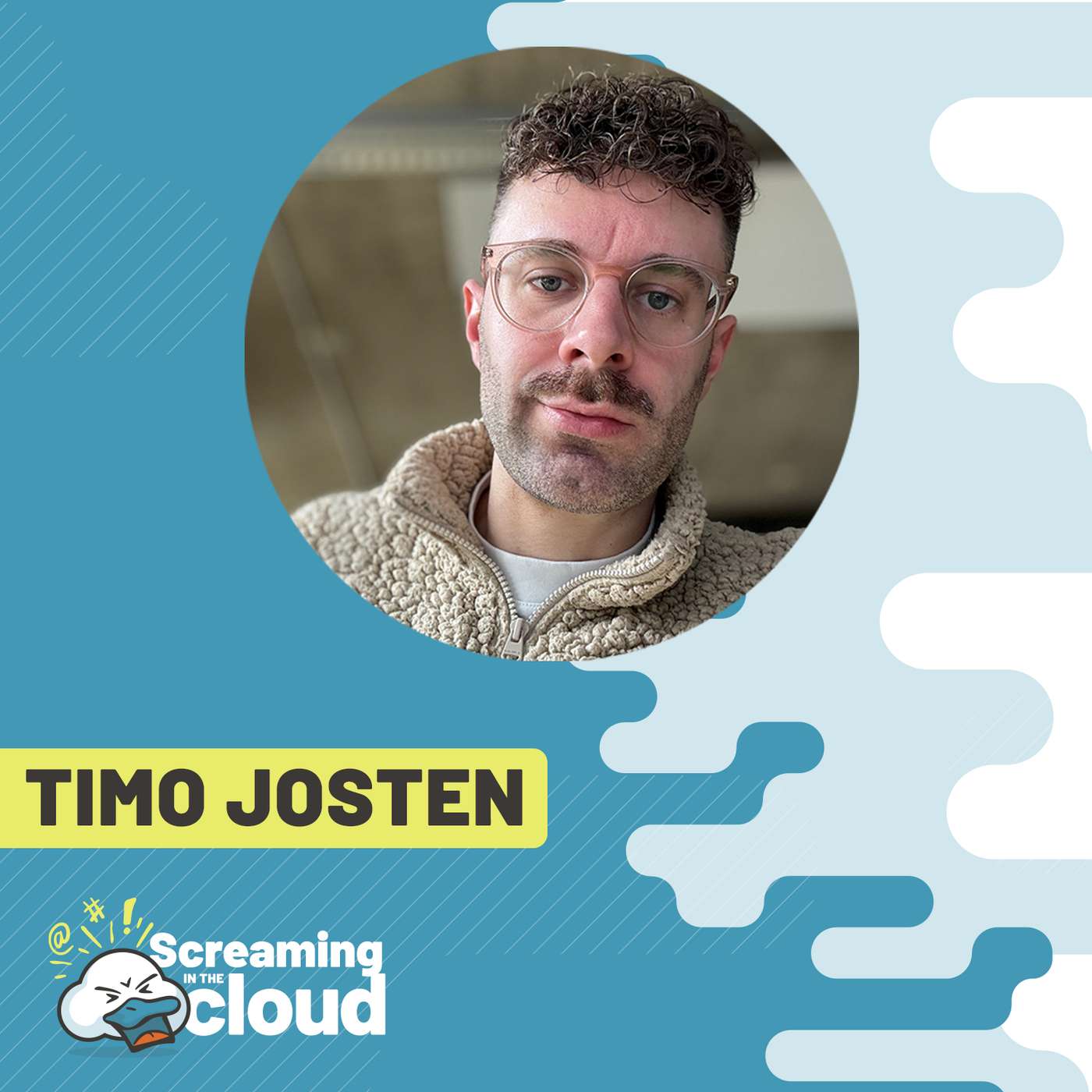Microsoft & the Next Level of Transformation with Corey Sanders
Description
About Corey Sanders:
Corey Sanders is the Corporate Vice President for Microsoft Solutions, an organization dedicated to partnering with customers as they transform into successful digital businesses.
He is responsible for sales strategy and corporate technical sales across Solution Areas and Teams that include Azure Applications & Infrastructure, Azure Data & AI, Business Applications, Cybersecurity Solutions Group, and Modern Workplace. His focus also includes selling the full value of Microsoft cross-cloud solutions and advancing the technical depth of the Microsoft Solutions team.
Prior to this role, Corey was Head of Product for Azure Compute and the founder of Microsoft Azure’s infrastructure as a service (IaaS) business. During that time, he was responsible for products, strategy and technical vision aligned to core Azure compute services. He also previously led program management for multiple Azure services. Earlier in his career, Corey was a developer in the Windows Serviceability team with ownership across the networking and kernel stack for Windows.
Corey joined Microsoft in 2004 after graduating from Princeton University and resides in New Jersey.
Links Referenced:
- Microsoft: https://www.microsoft.com/
- Twitter: https://twitter.com/coreysanderswa
- LinkedIn: https://www.linkedin.com/in/corey-sanders-842b72/


